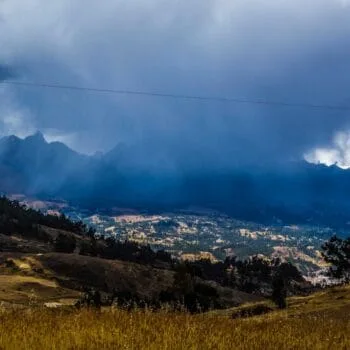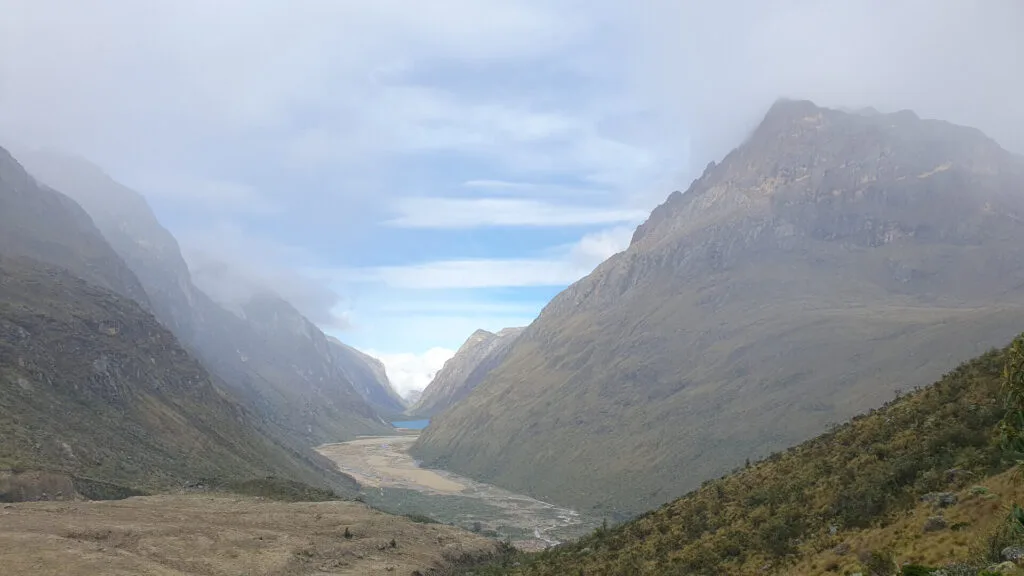Climate change is expected to increase the frequency and severity of droughts in alpine regions, significantly affecting plant physiological processes and ecosystem functioning.
The May 2025 rock-ice avalanche of Blatten (CH): Preliminary seismologic and permafrost studies and outlook for interdisciplinary research
We present preliminary seismologic and permafrost studies on the May 2025 rock-ice avalanche of Blatten, as well as an outlook of potential interdisciplinary research avenues.
Global warming and mountains of Nepal
If people are poor, they won’t be able to cope with climate change impacts, and if the country is poor, it won’t be able to help its people cope with that impact.” This is the situation of my country, Nepal. Nepal, nestled in the heart of the Himalayas, is renowned for its stunning mountain landscapes, it is home to eight of the fourteen tallest peaks in the world above 8000 meters, including the highest peak in the world, Mount Everest (8488 meters). The country is a paradise for mountaineers, trekkers, and nature enthusiasts, offering diverse opportunities for exploration and adventure, as well as being highly vulnerable to climate change in this region, as our country lies mostly within the fragile Himalayas. Glaciers are melting, sea levels are rising, cloud forests are dying, and wildlife is scrambling to keep pace. It is observed in the form of increased frequency of natural disasters, rise in temperature and change in rainfall patterns, shifting of tree line, and unfavorable weather change phenomena. Climate change is a global challenge induced by humans that has no borders, and to combat it, it requires coordinated work by all of us.
Methane Emissions in a Mountainous Urban Setting: Insights from Eddy Covariance Measurements
Long-term eddy covariance measurements in an urban mountain region provide methane emission estimates, address terrain complexities, and allow comparison with Bottom-Up emission inventories


